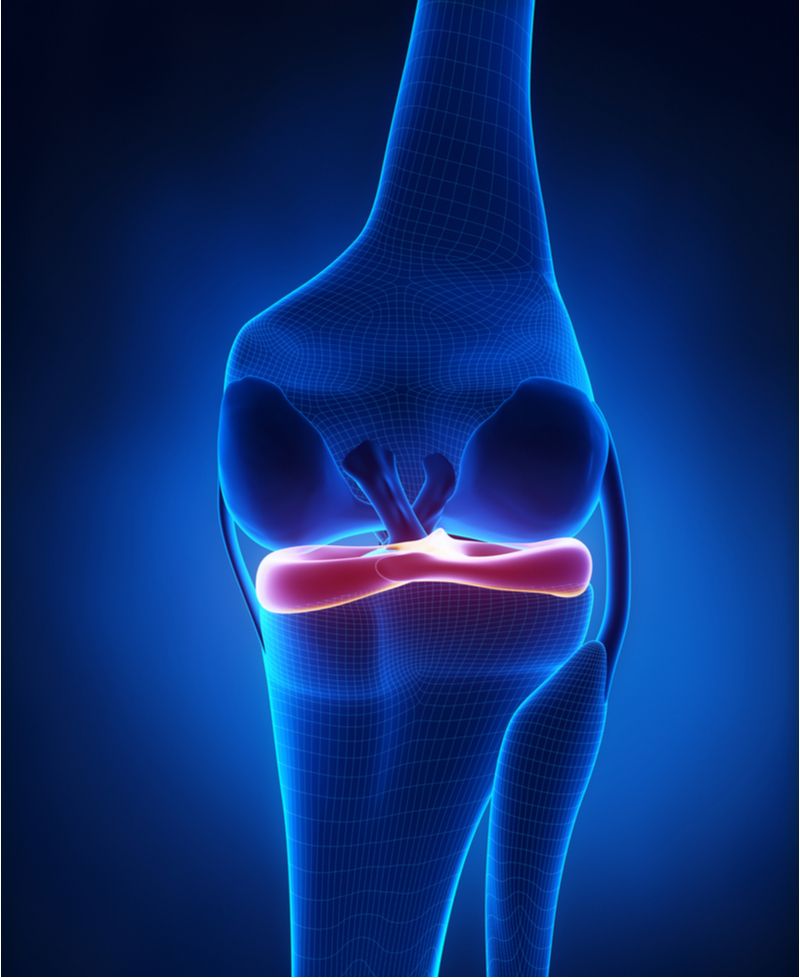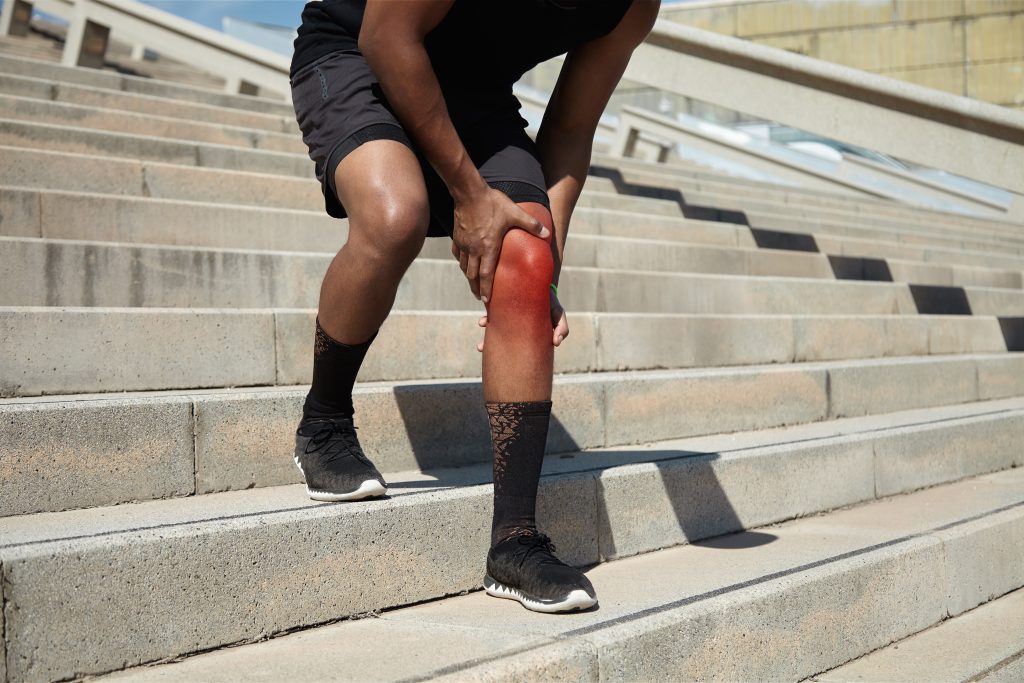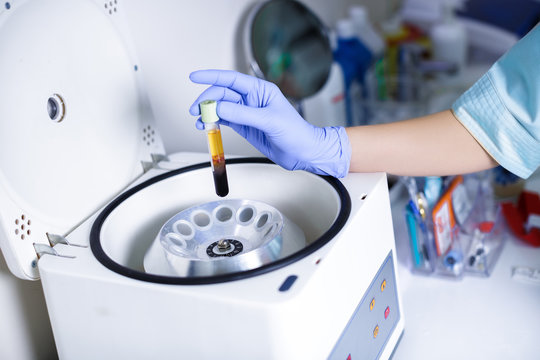Stepping into the world of a torn meniscus can be a daunting journey, where each stride may be accompanied by pain and uncertainty. In this blog post, we unravel the complexities surrounding this common knee injury, delving into its causes, symptoms, and most importantly, the roadmap to recovery. Join us as we explore the twists and turns of healing, providing insights, tips, and a beacon of hope for those navigating the challenging terrain of a torn meniscus. Picture each step as a puzzle piece, and we’re here to help you assemble the full picture. Beyond merely deciphering the causes and symptoms, we will navigate the diverse landscape of treatment options available. It’s not just about alleviating the discomfort but crafting a personalized roadmap to recovery that offers relief and renewed sense of strength and well-being.
What is a Meniscus?
The meniscus, a wedge-shaped cartilage in the knee, has a limited ability to regenerate due to its poor blood supply. The outer part, known as the “red zone,” has some blood vessels, enabling it to heal to some extent. However, the inner part, the “white zone,” lacks blood vessels, hindering spontaneous healing.
When a meniscus tear occurs, the body’s healing capacity depends on the tear’s location and severity. Small tears in the outer region may heal on their own with conservative treatments, while larger tears or those in the inner region may require surgical intervention.
Regenerative therapies like Platelet-Rich Plasma (PRP) injections are being explored for enhancing meniscus healing.

What are the common causes of torn meniscus?
Causes of Torn Meniscus
- Trauma: Meniscus tears often result from sudden twisting or rotating of the knee, especially when the foot is planted on the ground. This can happen during sports activities or other physical activities that involve quick pivoting movements.
- Degeneration: As individuals age, the meniscus can weaken and become more prone to tears. Simple activities like squatting or lifting heavy objects can lead to a tear in a degenerated meniscus.
- Wear and Tear: Over time, the meniscus may undergo wear and tear due to repetitive movements or activities that subject the knee joint to constant stress.
Symptoms
- Pain: Persistent pain, especially when rotating the knee or bearing weight on it, is a key indicator. The pain may be sharp or more of a dull ache.
- Swelling: Inflammation around the knee joint is a typical response to a torn meniscus. The swelling may develop gradually and worsen over time.
- Stiffness: A torn meniscus can lead to stiffness in the knee, limiting its range of motion. This may make it challenging to fully extend or flex the knee.
- Locking: A torn meniscus can cause the knee to lock or get stuck in a certain position. This may happen if a torn piece of cartilage interferes with normal joint movement.
- Instability: The knee may feel unstable or give way, especially during weight-bearing activities. This sensation can contribute to a feeling of unsteadiness.
- Difficulty in Straightening the Knee: A torn meniscus can make it difficult to fully straighten the knee, contributing to a sense of tightness.
How Long Does a Torn Meniscus Take to Heal?
A torn meniscus can cause persistent pain, but it might not be constant. The severity of pain often depends on the extent and location of the tear. In some cases, individuals may experience intermittent pain, especially during activities that stress the knee joint

What Happens if You Leave Meniscus Tear Untreated?
If a torn meniscus is left untreated, it can lead to persistent pain, limited knee mobility, and increased risk of developing osteoarthritis. Without intervention, the torn edges may not heal properly, potentially causing long-term damage to the knee joint. Untreated meniscus tears can also result in ongoing inflammation and swelling. Over time, the wear and tear on the joint may accelerate, leading to chronic pain and compromised joint function. Seeking medical attention for a torn meniscus is crucial to determine the appropriate treatment, which may involve physical therapy, medication, or in some cases, surgical intervention to repair or remove the damaged tissue.
How Do You Fix A Torn Meniscus?
Traditional Treatment Options for A Torn Meniscus
- Rest and Activity Modification: Avoiding activities that worsen symptoms and giving the knee time to heal.
- Ice and Compression: Applying ice to reduce swelling and using compression to support the injured knee.
- Elevation: Elevating the leg when resting to minimize swelling.
- Physical Therapy: Engaging in exercises to strengthen the muscles around the knee and improve flexibility.
- Pain Medications: Over-the-counter or prescription medications to manage pain and inflammation.
- Bracing: Using a brace for support and stability.
PRP: An Alternative Treatment Option
What Is PRP?
The process involves drawing a small amount of blood from the individual, which is then centrifuged to separate its components. This centrifugation concentrates the platelets, which are rich in growth factors and cytokines, into the PRP. The resulting plasma is then injected into the targeted area, such as an injured joint or tissue. These growth factors stimulate cell proliferation, collagen production, and tissue repair, accelerating the natural healing process. PRP is commonly used in orthopedics, sports medicine, and dermatology to address various conditions and injuries.

How PRP Injections Work
Platelet-Rich Plasma (PRP) injections harness the body’s natural healing abilities to promote tissue repair and regeneration. In a simple procedure, a small amount of the patient’s blood is drawn and processed to concentrate the platelets, which are rich in growth factors. These platelets are then injected into the targeted area, stimulating the body’s repair mechanisms. The growth factors aid in tissue regeneration, collagen production, and cell proliferation, accelerating the healing process. PRP injections are commonly used in orthopedics, dermatology, and sports medicine to treat conditions like joint injuries, arthritis, and skin rejuvenation, offering a minimally invasive and natural approach to healing.
What are the benefits of PRP?
- Enhanced Healing: PRP contains a concentrated form of platelets and growth factors, which may accelerate the natural healing process of the torn meniscus. The growth factors play a crucial role in tissue repair and regeneration.
- Individualized Treatment: PRP injections can be tailored to the specific needs of the patient. The concentration of platelets and growth factors can be adjusted based on the severity of the tear and the patient’s overall health, providing a personalized treatment approach.
- Reduced Pain: PRP injections have been associated with pain reduction. The growth factors in PRP may contribute to the suppression of inflammatory responses, alleviating pain associated with a torn meniscus.
- Improved Functionality: By promoting healing and reducing inflammation in the, PRP may enhance the overall functionality of the knee joint. Patients may experience improved range of motion and better mobility once their torn meniscus heals.
- Minimally Invasive: PRP therapy is a minimally invasive procedure, typically performed as an outpatient treatment. This means less trauma to the knee and surrounding ligaments and tendons compared to more invasive surgical interventions.
Seeking Professional Advice
The efficacy of Platelet-Rich Plasma (PRP) in healing a torn meniscus is still a subject of ongoing research, and results can vary among individuals. Some studies suggest that PRP may contribute to improved healing and symptom relief for certain patients with meniscal tears. It’s crucial to consult with a healthcare professional to discuss individual cases and explore appropriate treatment options based on the specific characteristics of the torn meniscus.
Conclusion
While a torn meniscus initially poses challenges, there’s hope for a positive recovery. With timely medical intervention and dedicated rehabilitation, individuals often experience significant improvement. Modern treatments, including physical therapy and sometimes minimally invasive procedures, aim to restore functionality and reduce pain. As the healing process progresses, many regain the ability to perform daily activities without discomfort. Embracing a positive mindset and adhering to the prescribed treatment plan can contribute to a successful recovery. It’s important to recognize that advancements in medical care and rehabilitation techniques offer promising outcomes for individuals dealing with a torn meniscus. With patience and commitment to the recovery process, many find themselves back to an active and fulfilling daily life.
FAQs For Torn Meniscus:
Will a torn Meniscus Heal on its Own?
The ability of a torn meniscus to heal on its own depends on various factors, such as the location, size, and severity of the tear. The meniscus has limited blood supply, and outer regions with blood supply may have a better chance of healing. Small tears in the outer edge may sometimes heal with rest, ice, and physical therapy. However, larger or more complex tears, especially in the inner regions with poor blood supply, may not heal spontaneously.
Can I Walk with a Torn Meniscus ?
Walking with a torn meniscus depends on the severity of the injury. In some cases, individuals can still walk, but it may be accompanied by pain, swelling, and instability. It’s crucial to listen to your body and avoid activities that exacerbate discomfort. While some mild tears may improve with rest and conservative measures, severe tears may require medical intervention. Consulting with a healthcare professional for a proper diagnosis and personalized guidance on activity levels is essential for effective management.
Where is Meniscus Pain Felt?
Meniscus pain is typically felt in the knee joint. The menisci are wedge-shaped cartilage pads that act as shock absorbers between the thighbone (femur) and shinbone (tibia). Pain often occurs along the joint line, where the meniscus is located. It can manifest as a sharp or aching discomfort, worsened by activities like twisting or squatting. Swelling, limited range of motion, and a feeling of the knee locking or giving way may accompany the pain, indicating potential meniscus involvement.
What is the Recovery Time for Torn Meniscus?
Recovery from a torn meniscus can span from a few weeks to several months, depending on factors like the type and severity of the tear, chosen treatment, and individual healing capacity. Minor tears managed conservatively may take a few weeks, while surgical interventions could extend the recovery period to several months. A typical range could be approximately 4 to 6 weeks for minor cases and up to 3 to 6 months for more complex situations, with a gradual return to normal activities guided by a healthcare professional.
Is Heat or Cold Better for a Torn Meniscus?
Both heat and cold can be used for symptomatic relief in a torn meniscus, depending on the stage of injury. Cold packs help reduce initial swelling and inflammation, providing pain relief, especially in the acute phase. Heat therapy, on the other hand, can help relax muscles and increase blood flow, promoting healing in the later stages. Alternate use of heat and cold, known as contrast therapy, may also be beneficial. It’s advisable to consult with a healthcare professional to determine the most suitable approach based on the individual’s condition.
Is Stretching Good for a Torn Meniscus?
Stretching can be beneficial for a torn meniscus, but it’s essential to approach it cautiously and under professional guidance. Gentle, controlled stretches can help maintain flexibility and prevent muscle tightness around the knee joint. Focus on exercises that do not exacerbate pain or strain the meniscus. Avoid deep or aggressive stretches that may worsen the condition. Physical therapy, with a tailored stretching program, can aid in rehabilitation. However, it’s crucial to consult with a healthcare professional for personalized advice, ensuring that stretching activities align with the specific nature and stage of the meniscal tear for a safe and effective recovery.
Learn More About Alternative Ways to Alleviate Your Pain
Get back to doing the things you love, faster & without surgery.
Request an Appointment Today!
Sources:
- Medina-Porqueres, I., Martin-Garcia, P., Sanz-De-Diego, S., Gomez-Caceres, A., Moya-Torrecilla, F., Reyes-Eldblom, M., & Rosado-Velazquez, D. (2022). Clinical and Functional Outcome of Meniscal Injuries Treated with Platelet-Rich Plasma: A Single-Center Case Series. International Journal of Environmental Research and Public Health, 19(12), 7118. https://doi.org/10.3390/ijerph19127118In-t